Introduction to Swan Neck Skeletal Trailers
Swan neck skeletal trailers represent an innovative solution in the transport industry, particularly for heavy cargo such as shipping containers. Characterized by their distinctive “swan neck” design, these trailers connect to a vehicle at a higher point than conventional trailers, enabling better maneuverability and a lower loading platform. This guide explores the myriad advantages, applications, and considerations associated with swan neck skeletal trailers, positioning them as a vital asset for logistics and transport companies.
Key Features of Swan Neck Skeletal Trailers
| Feature | Description |
|---|---|
| Design | The swan neck design provides a natural balance, facilitating easier turns. |
| Weight Capacity | Typically supports 20-foot and 40-foot containers, maximizing load potential. |
| Build Material | Constructed from high-strength steel or aluminum for durability and resilience. |
| Chassis Configuration | Options for single or tandem axle configurations enhancing stability. |
| Versatility | Capable of transporting various container types, making them highly adaptable. |
| Loading Mechanism | Low height loading area allows for efficient and quick loading/unloading. |
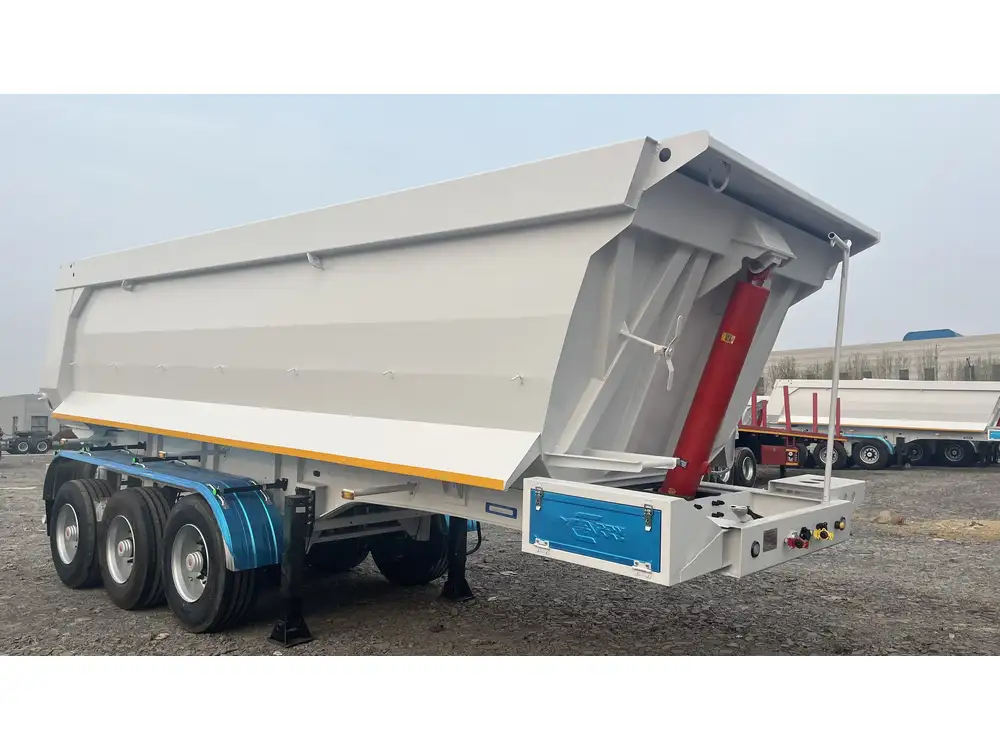
Advantages of Using Swan Neck Skeletal Trailers
1. Enhanced Stability and Safety
The design of swan neck trailers facilitates lower center of gravity, promoting stability while in transit. This lower height aids in balancing heavy cargo, potentially reducing the risk of tipping during transportation. Furthermore, having the connection point raised enhances the trailer’s ability to navigate challenging terrains without compromising safety.
2. Increased Loading Efficiency
When handling shipping containers, swan neck skeletal trailers simplify the loading and unloading process. The low loading platform minimizes the need for extensive lifting equipment, accelerating operations and reducing labor costs. Quick turnarounds are crucial in logistics, making this feature a key selling point for businesses aiming to optimize their supply chains.
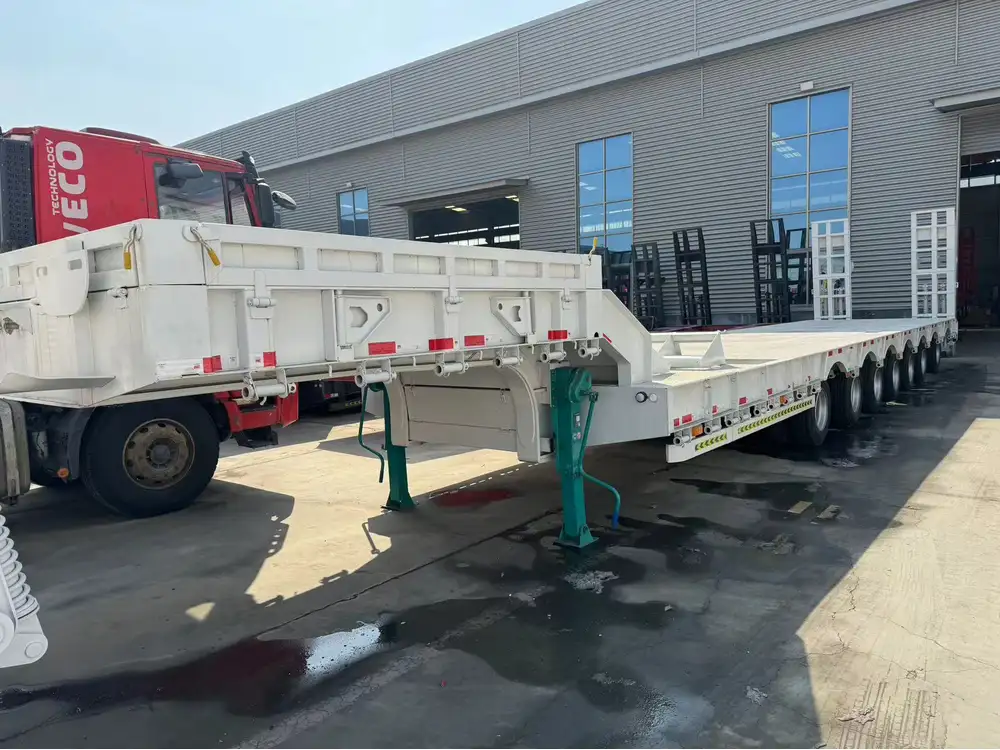
3. Versatile Applications
Swan neck skeletal trailers are not solely limited to container transport; their design accommodates a broad scope of applications. Common uses include:
- Transporting general cargo.
- Moving hazardous materials in containers.
- Transporting machinery and large equipment that fit within dimensions.
Their adaptability to various transportation needs makes them an attractive option for businesses across multiple sectors.
4. Durability and Long-Term Cost Efficiency
Made from robust materials, swan neck skeletal trailers are designed for longevity, often outlasting standard trailers. Investing in quality construction translates to reduced maintenance costs over time. With a lower likelihood of wear and tear associated with inferior models, operators can expect substantial savings on repairs and replacements.
Considerations When Selecting a Swan Neck Skeletal Trailer
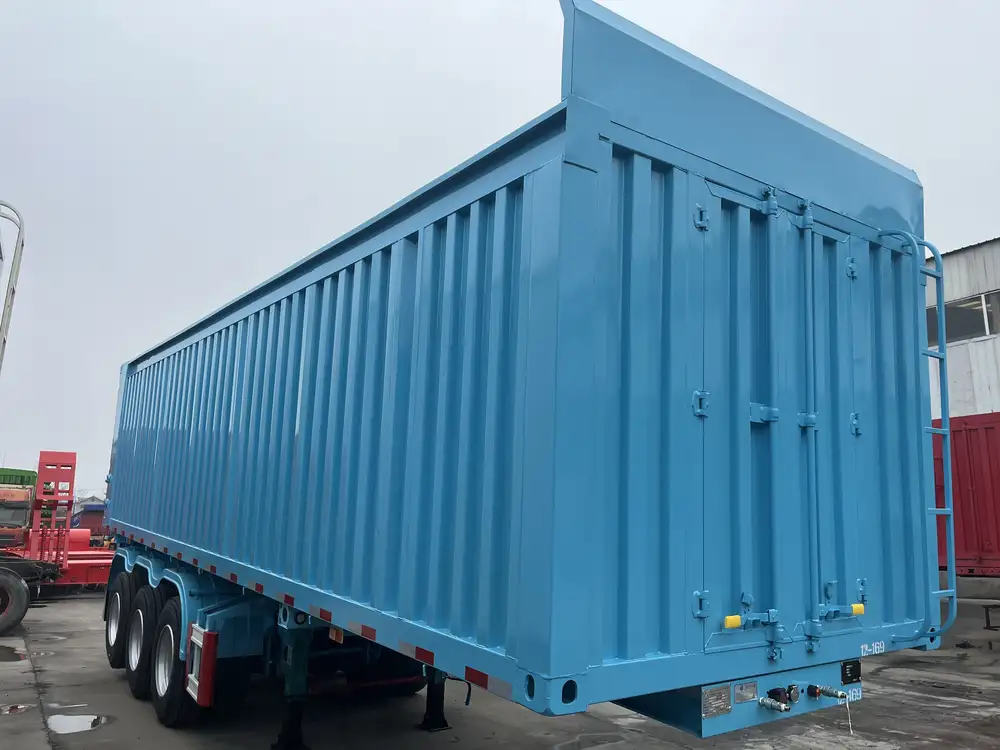
1. Load Capacity and Size
Before selecting a trailer, it’s essential to assess the weight and dimensions of the cargo to ensure compatibility. Understanding the specific load capacities of various swan neck skeletal trailers allows for informed decision-making, ultimately safeguarding against potential overloading scenarios.
2. Regulatory Compliance
It’s imperative to ensure all trailers comply with regional and national transportation regulations. Specifications regarding dimensions, weight limits, and safety equipment must be adhered to strictly. Neglecting these protocols could lead to accidents, fines, and damage to company reputation.
3. Manufacturer Reputation
The reputation of the manufacturer significantly impacts the performance and reliability of the trailers. Researching user reviews, warranty offerings, and after-sales support can provide insight into overall satisfaction and build quality.
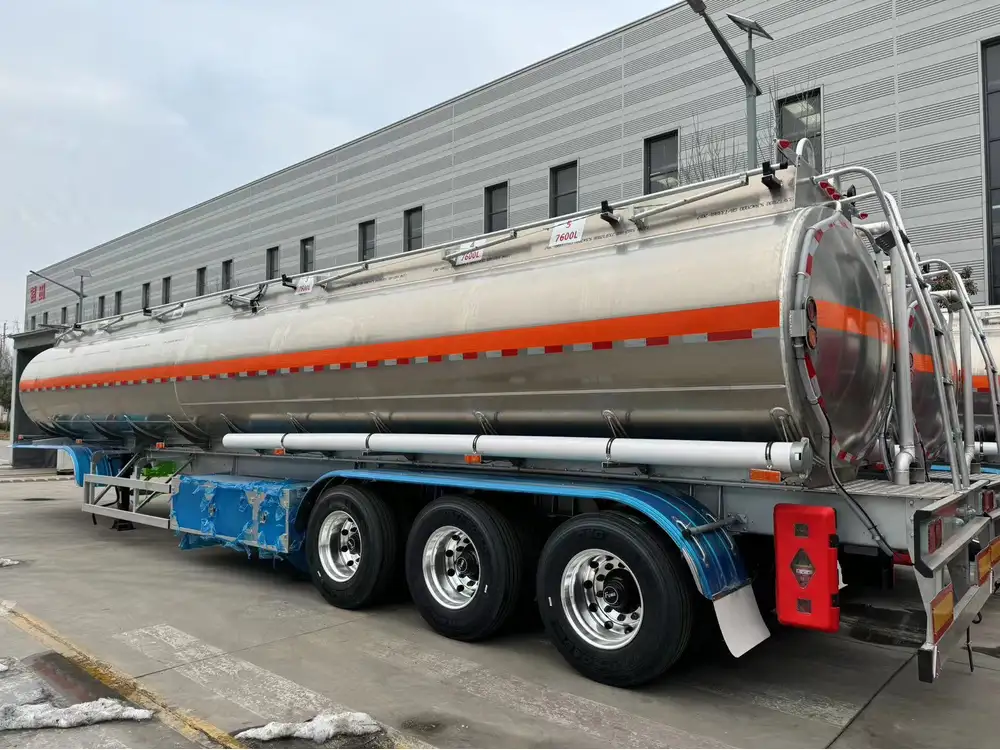
4. Customization Options
Some manufacturers offer customization options. Whether adding additional tie-down points, modifying dimensions, or incorporating specialized equipment for specific cargo types, exploring these options can enhance operational efficiency.
Common Mistakes to Avoid When Using Swan Neck Skeletal Trailers
1. Ignoring Weight Distribution
Proper weight distribution on a trailer is pivotal in ensuring safe driving conditions. Failing to evenly distribute load can result in undue stress on the trailer and vehicle, leading to accidents or mechanical failures.
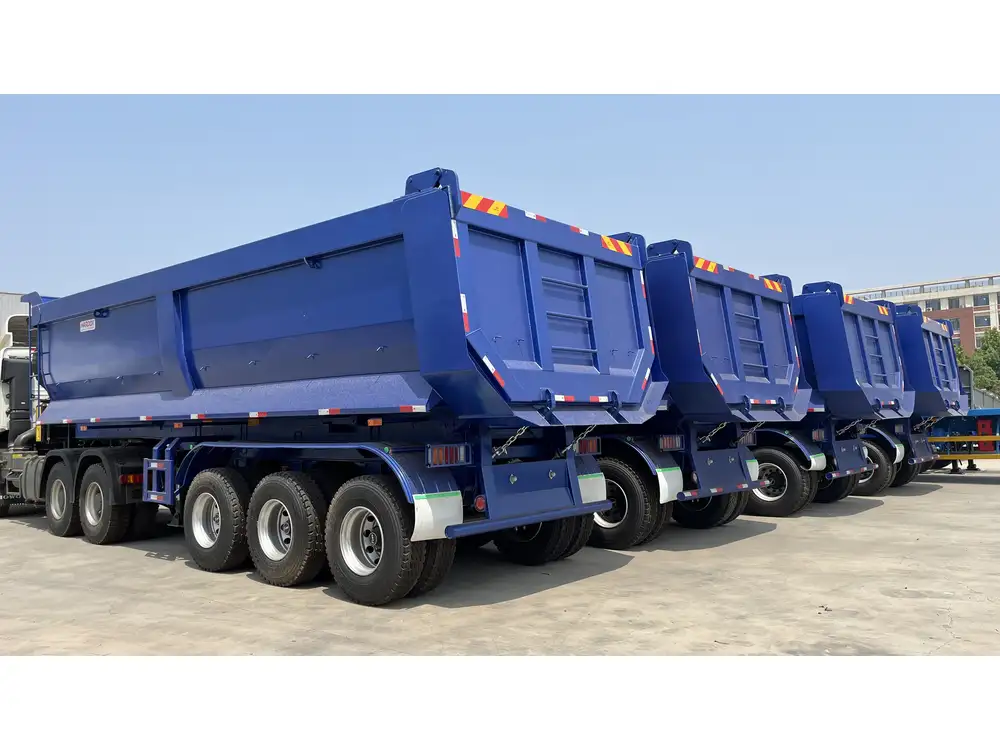
2. Neglecting Regular Maintenance
Treating trailers with care through regular inspections and maintenance enhances longevity. Ignoring the wear of critical components, such as axles, brakes, and tires, can result in safety hazards and increased repair costs.
3. Inadequate Driver Training
A well-trained driver is crucial for the safety and efficiency of transportation operations. Ensuring that drivers are equipped with knowledge about the unique handling characteristics of swan neck skeletal trailers can mitigate accidents and enhance operational efficacy.
Frequently Asked Questions about Swan Neck Skeletal Trailers
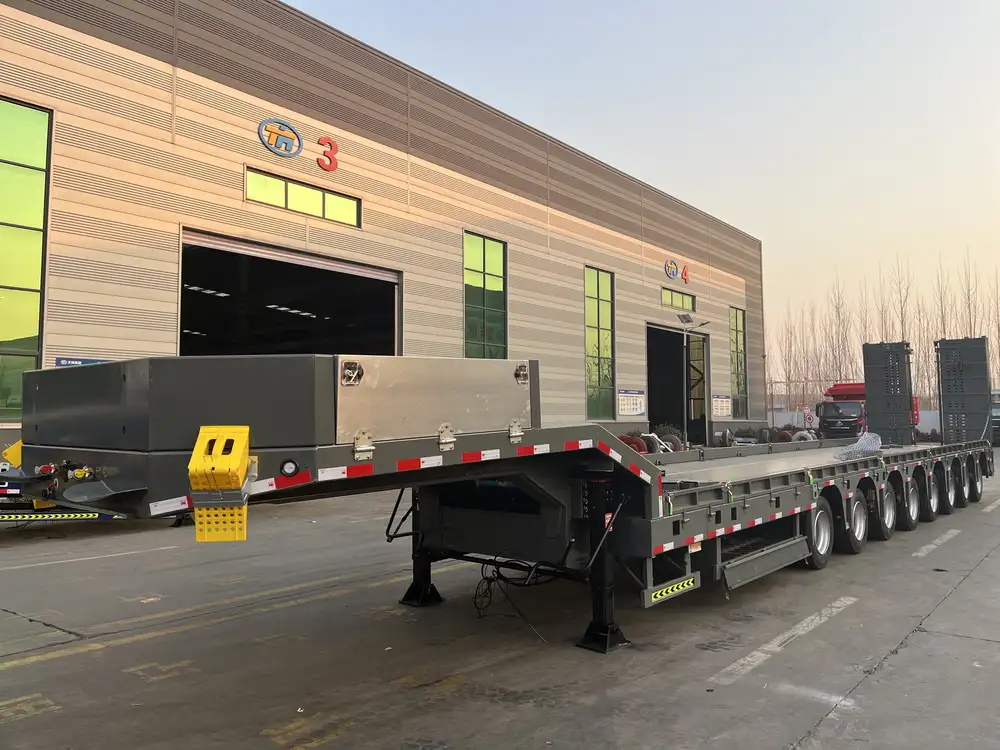
Q: What is the maximum load capacity of a swan neck skeletal trailer?
A: Most swan neck skeletal trailers are designed to transport containers that weigh up to 30 tonnes, depending on the specific model and configuration. Always check the manufacturer’s specifications for precise capacity.
Q: How does the swan neck design benefit maneuverability?
A: The elevated connection point provides better pivoting capabilities during turns, allowing vehicles to navigate tighter spaces more gracefully than conventional flatbed trailers.
Q: Are swan neck skeletal trailers suitable for all types of cargo?
A: While designed primarily for shipping containers, they can also accommodate various cargo types. Always ensure that the cargo’s weight and dimensions comply with trailer specifications.
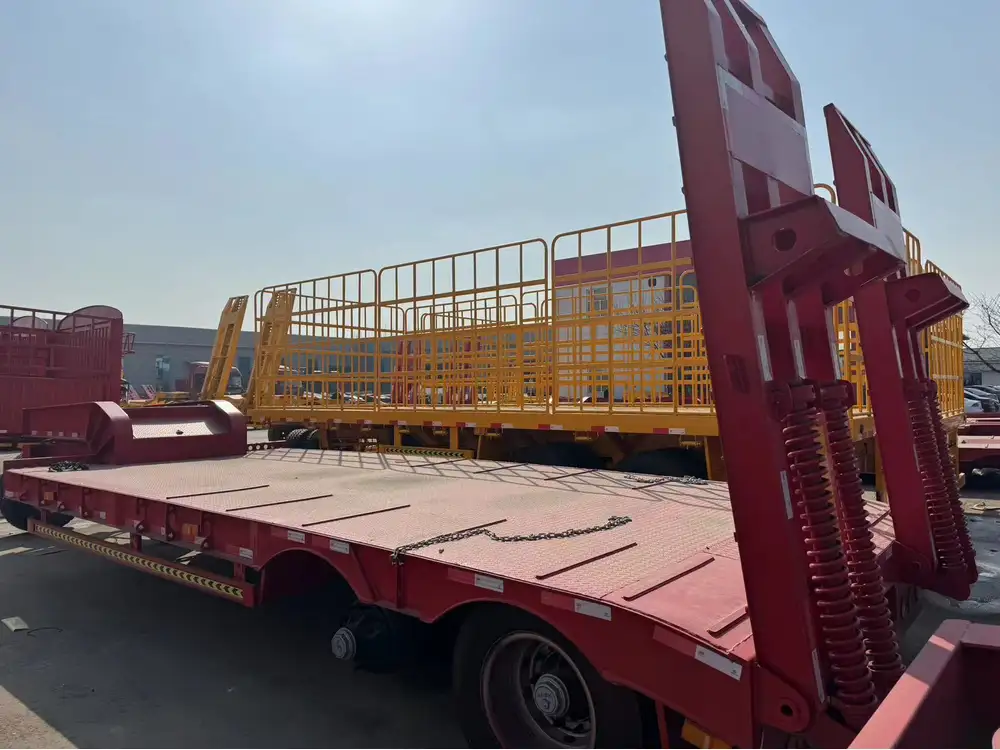
Q: Do swan neck skeletal trailers need special permits?
A: Depending on regional regulations and the trailer’s dimensions, additional permits may be necessary for oversized loads. Always consult local transport authorities regarding specific requirements.
Q: How can I ensure the longevity of my swan neck skeletal trailer?
A: Conduct regular inspections, address wear and tear promptly, and maintain proper loading techniques. Establishing a maintenance schedule can significantly enhance the lifespan of the trailer.
Conclusion: Choosing the Right Swan Neck Skeletal Trailer for Your Business Needs
In the realm of transportation and logistics, selecting the right equipment can have profound implications for operational efficiency and cost management. Swan neck skeletal trailers offer unique advantages that set them apart from other transport solutions. By understanding the specific features, benefits, and considerations associated with these trailers, businesses can make informed decisions that bolster their transportation strategies.
The investment in swan neck skeletal trailers not only enhances safety and efficiency but also paves the way for future growth and adaptability in an ever-evolving industry. Engage with reputable manufacturers and leverage their expertise to optimize your fleet with swan neck skeletal trailers today.

Additional Resources and Considerations
For those looking to delve deeper into the world of swan neck skeletal trailers or seeking additional industry insights, here are further reading resources:
- Industry Regulations: Familiarize yourself with local and international transportation standards.
- Transport Efficiency Guides: Examine case studies highlighting successful implementations of swan neck skeletal trailers.
- Maintenance Best Practices: Seek authoritative articles focused on managing fleet maintenance for longevity and safety.
Invest time into researching these aspects to fully harness the potential of your semi-trailer fleet.



